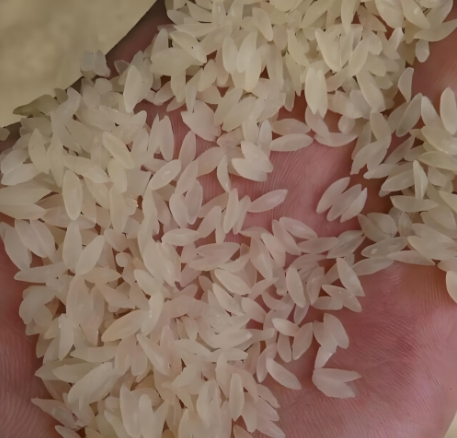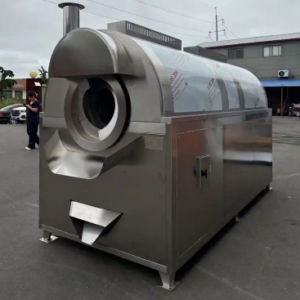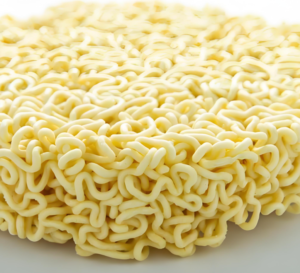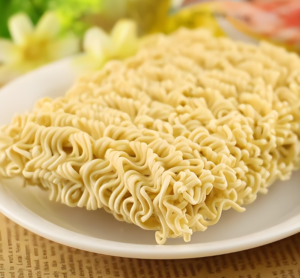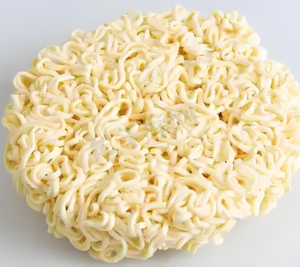<h1>Understanding Fortified Rice: A Key Innovation in Global Food Trade</h1>Introduction to Fortified Rice
Fortified rice has emerged as a vital solution in addressing global malnutrition, blending traditional staple foods with essential nutrients. In the world of foreign trade, it represents a growing opportunity for exporters and importers seeking to meet rising demands for healthier food options. This article explores the concept, benefits, and market dynamics of fortified rice, providing valuable insights for B2B professionals.
fortified rice making machine
ToggleAs a staple consumed by billions worldwide, rice serves as an ideal vehicle for fortification, enhancing its nutritional profile without altering taste or texture. For trade experts, understanding fortified rice can unlock new markets and partnerships, especially in regions facing nutrient deficiencies.
What is Fortified Rice?
Fortified rice is regular rice that has been enriched with vitamins and minerals, such as iron, folic acid, and vitamin B12, to combat micronutrient deficiencies. This process involves coating or mixing rice kernels with nutrient powders, making it a cost-effective way to improve public health.
In foreign trade contexts, fortified rice is classified under food processing innovations, often regulated by international standards like those from the Codex Alimentarius. Exporters must ensure compliance to facilitate seamless cross-border shipments and avoid trade barriers.
The production of fortified rice typically uses advanced extrusion technology, where nutrients are embedded into rice-like kernels. This makes it indistinguishable from natural rice, appealing to consumers and traders alike for its ease of integration into existing supply chains.
Benefits of Fortified Rice in Trade and Health
One of the primary benefits of fortified rice is its role in reducing malnutrition, particularly in developing countries. By adding key nutrients, it helps prevent conditions like anemia and neural tube defects, making it a strategic product for humanitarian aid and commercial exports.
For B2B professionals, fortified rice offers economic advantages, including higher profit margins due to premium pricing for nutrient-enriched products. Importers in regions like Africa and Asia are increasingly sourcing fortified rice to meet government-mandated nutrition programs.
Environmentally, fortified rice promotes sustainability by minimizing food waste and supporting efficient farming practices. Traders can leverage this to appeal to eco-conscious buyers, positioning fortified rice as a dual-purpose commodity for health and environmental goals.
In global trade, fortified rice enhances food security, allowing countries to fortify their staple imports. This has led to partnerships between governments and private exporters, fostering long-term B2B relationships and stable supply chains.
The Fortification Process: From Production to Export
The fortification process begins with selecting high-quality rice grains, followed by blending them with fortified kernels. These kernels are created using methods like coating or dusting with micronutrients, ensuring even distribution without compromising rice quality.
Key technologies include cold extrusion and hot air drying, which preserve nutrient integrity. For exporters, investing in certified fortification equipment is crucial to meet standards from organizations like the World Health Organization (WHO).
Once fortified, the rice undergoes rigorous quality testing for nutrient levels and safety. This step is essential for B2B trade, as it ensures products pass inspections in international markets, reducing the risk of delays or rejections at ports.
Packaging plays a vital role in maintaining fortification efficacy during transit. Exporters often use oxygen-barrier bags to protect nutrients from degradation, adding value for importers who prioritize product longevity in their supply chains.
Global Market Trends for Fortified Rice
The global market for fortified rice is expanding rapidly, driven by increasing awareness of nutrition and supportive policies from bodies like the United Nations. In 2023, the market was valued at over $5 billion, with projections to reach $10 billion by 2030, according to industry reports.
Key export regions include Asia-Pacific, where countries like India and Thailand lead production, and Africa, where demand is surging due to population growth and nutrition initiatives. B2B traders can capitalize on this by targeting emerging markets in sub-Saharan Africa.
Trade agreements, such as those under the World Trade Organization, are facilitating easier access for fortified rice exporters. For instance, preferential tariffs for nutrient-fortified foods encourage B2B deals between Southeast Asian producers and European importers.
Challenges like fluctuating raw material costs and supply chain disruptions are common, but opportunities in e-commerce platforms are helping traders reach new buyers. Online B2B marketplaces now feature fortified rice as a high-demand category, streamlining global transactions.
Challenges and Solutions in Fortified Rice Trade
Despite its potential, trading fortified rice involves challenges such as regulatory variations across countries. Exporters must navigate diverse labeling requirements and nutrient standards to avoid compliance issues, which can halt shipments.
Another hurdle is maintaining nutrient stability during long-distance transport. Solutions include using advanced packaging and cold chain logistics, which B2B professionals can implement through partnerships with specialized logistics firms.
Quality control is paramount; counterfeit or substandard products can damage reputations. To counter this, exporters should adopt third-party certifications from entities like ISO or FSSAI, building trust with international buyers.
Cost barriers also affect smaller traders. Collaborative efforts, such as joint ventures or government subsidies, provide viable solutions, enabling wider participation in the fortified rice market and promoting inclusive trade growth.
Future Trends and Innovations in Fortified Rice
Looking ahead, innovations like bio-fortified rice—genetically enhanced for natural nutrient content—are set to revolutionize the industry. This trend aligns with sustainable agriculture, offering B2B traders new product lines for eco-friendly markets.
Digital technologies, including blockchain for traceability, are enhancing transparency in fortified rice supply chains. Exporters can use this to assure buyers of product authenticity, gaining a competitive edge in global trade.
Sustainability initiatives, such as reducing water usage in rice production, are influencing buyer preferences. B2B professionals should focus on these aspects to align with global goals like the UN Sustainable Development Goals (SDGs).
Emerging markets in Latin America and the Middle East present untapped opportunities, with growing investments in food fortification programs. Traders who adapt to these trends can secure long-term contracts and expand their portfolios.
Frequently Asked Questions
Below are common questions about fortified rice, answered to assist B2B professionals in the trade sector.
- What is the difference between fortified and enriched rice? Fortified rice involves adding nutrients that were not originally present, while enriched rice restores nutrients lost during processing. Both are valuable for exporters targeting health-focused markets.
- How long does fortified rice retain its nutrients? When properly stored, fortified rice can retain nutrients for up to 12-24 months, depending on packaging. B2B traders should specify shelf-life in contracts to manage expectations.
- What regulations govern fortified rice exports? Regulations vary by country, but key ones include FDA standards in the US and EU food safety directives. Exporters must stay updated to ensure compliance and smooth trade operations.
- Is fortified rice more expensive to produce? Yes, it typically costs 5-15% more due to added nutrients and processing, but the premium pricing in B2B markets often offsets this for exporters.
- How can businesses get started in fortified rice trade? Begin by partnering with certified manufacturers and conducting market research. Joining trade associations can provide networking opportunities and access to global buyers.
Conclusion
In summary, fortified rice stands as a transformative product in the foreign trade landscape, offering nutritional benefits, market growth, and innovative opportunities for B2B professionals. By addressing challenges and embracing trends, exporters and importers can drive positive impacts on global health and economies. This comprehensive guide equips readers with the knowledge to navigate the fortified rice sector effectively, fostering successful trade ventures.

